In April of last year, I posted a story titled “It was the Tortoise that Finished the Race” and at the time, while remarking upon why reducing traffic speed would of course reduce the likelihood that wildlife would get run over, it was primarily to announce the addition of speed limit signs to numerous roads throughout the reserve and “no wake” warnings along the inner lagoon channels, but increasingly this past year, and more immediately, this week, the issue of roadkill has once again come to the fore.
Without a doubt, the two factors that are responsible for the increase in wildlife killed on our roads are road surface improvements and drivers’ failure to take proper care. The incidence within the reserve has remained light, but since signs were installed, a Fork-tailed Flycatcher was hit along Marina Road by a resident’s pickup truck traveling over 60mph despite a 25mph sign; a second was an agouti early one morning on Mot Mot Road within 10m of a stop sign; another victim was an armadillo on All Pines Road where the posted speed limit approaching the Marina Road intersection was also 25mph. One would hope that had the driver been limiting their speed to 25mph, that Flycatcher, one of the most acrobatic bird species we have, would not have been hit; and understanding that agoutis in particular are often foraging along the verges to reserve roads early mornings, that due care could have been taken (especially when the intersection ahead was imminent); and that at night, nocturnal animals like armadillos (and paca, foxes, deer, wild cats) are likely to be out and about.
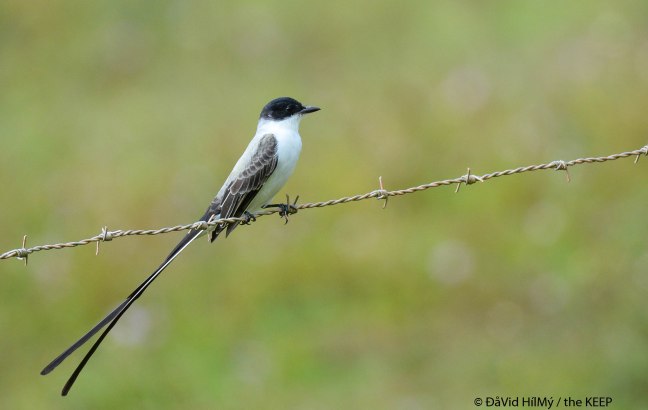
Of course, we can’t reasonably predict when or where an animal will cross, but knowing that they do should forewarn drivers to be on the lookout. Ironically, several speed limit signs were knocked over by a drunk driver near the Haney Bridge, a location one needs to slow down at if only to not end up in the ditch, and one where a tapir is a regular night visitor!
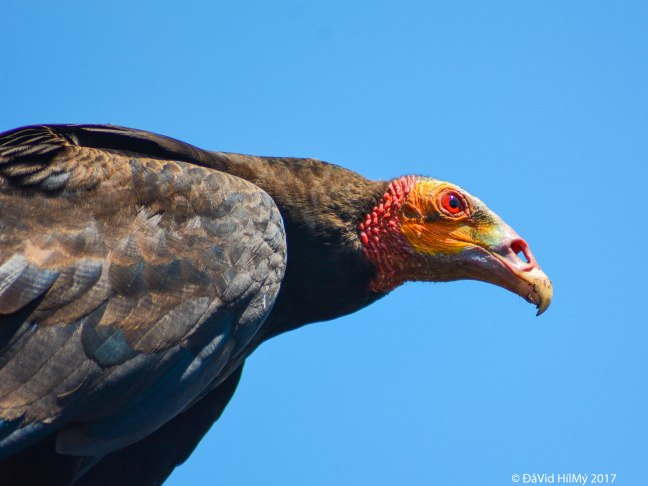
In these instances, as with those on every other roadway in Belize, the ecosystem’s clean-up crew get to work! Vultures are necessary in the grand scheme of things, and together with other organisms such as flies in the Sarcophagidae and Calliphoridae families and other invertebrates such as beetles in the Silphidae family, those invertebrates actually performing the bulk of the decomposition role, dispose of carrion quickly and efficiently, essentially recycling the energy and nutrition for future tasks, or else we would literally be buried in corpses.

This is a Black Vulture (Coragyps atratus; BLVU), but how I was able to get the photo is a bit of a sad tale.
This species tends to soar a little higher than its cousins the Turkey (TUVU) and Lesser Yellow-headed Vultures (LYHV), relying upon its eyesight to locate carrion- in many cases, the superior olfactory senses of the TUVU and LYHV means they often fly lower to the ground smelling out their meal and the BLVU spy on them for clues!
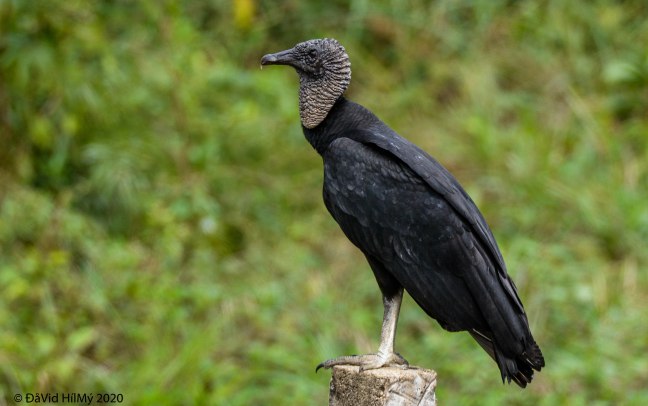
Therefore, to find a Black Vulture perched on a fence post sitting by the side of the road meant that somewhere nearby there was carrion.
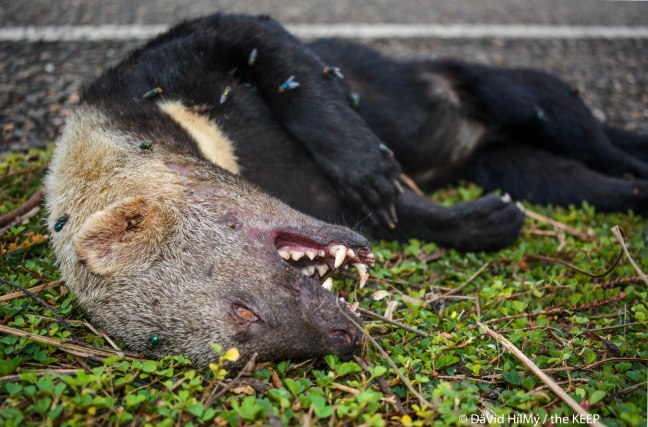
Unfortunately that which drew this guy, and the others which were gathered in the nearby trees, was a young Tayra (Eira barbara), a victim of roadkill on the Hopkins access road. Five years ago, when this road was essentially a dirt rocky track, the fastest anyone would ever drive was 30mph (if you didn’t value your tyres) but usually 25 was the safe norm, but since the road surface improvements, speeds in excess of 60mph are commonplace with a corresponding increase in roadkill- incidences of coatis, possums, tapirs, and even big cats getting hit by vehicles are increasing, especially at night as wildlife traverses the landscape in search of food, habitat, or mating partners.
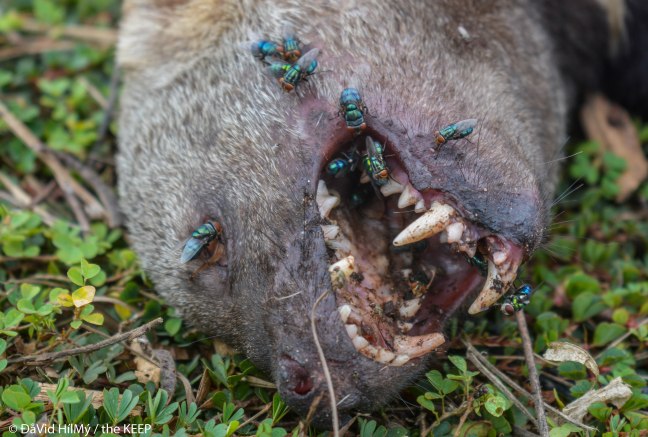
Me, I’d rather take that extra 5 minutes to get to the village from the highway knowing that I’m helping preserve the incredible diversity of wildlife here in Belize, and within the Sittee River Wildlife Reserve itself, that should be a habit and not a second thought.
For an excellent photo and natural history note on another vulture species by wildlife photographers Jen Guyton and Piotr Naskrecki, check out this Facebook story,
and for a great photographic project on roadkill by the photojournalist Morgan Heim, click here
and for a bit more on “maggots and murder”, take a look at this forensic entomology class at UC Riverside

Great reminder to all!
LikeLiked by 1 person
I’m investigating the possible use of this product as a trial and have already contacted the Australian manufacturer: https://www.wildlifesafetysolutions.com.au/dd430-virtual-fencing
LikeLike